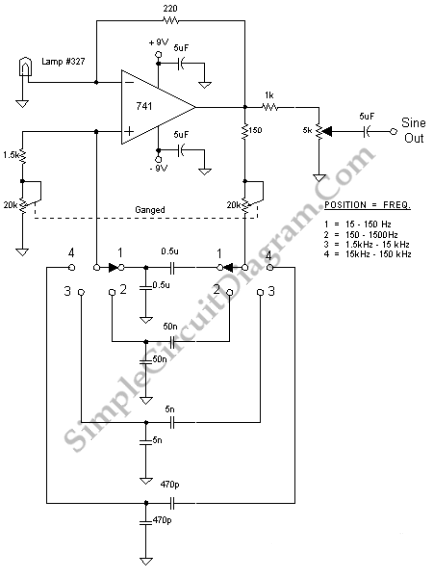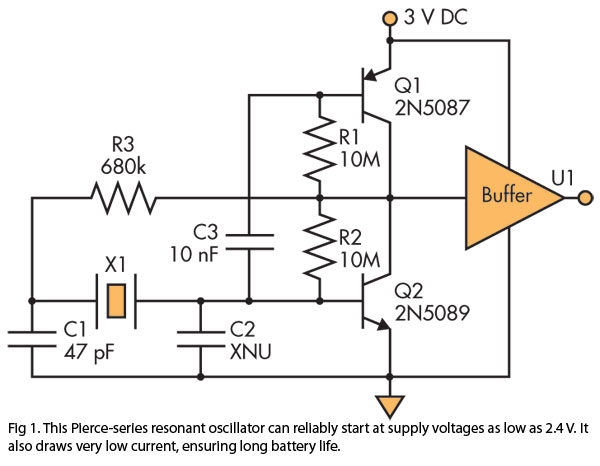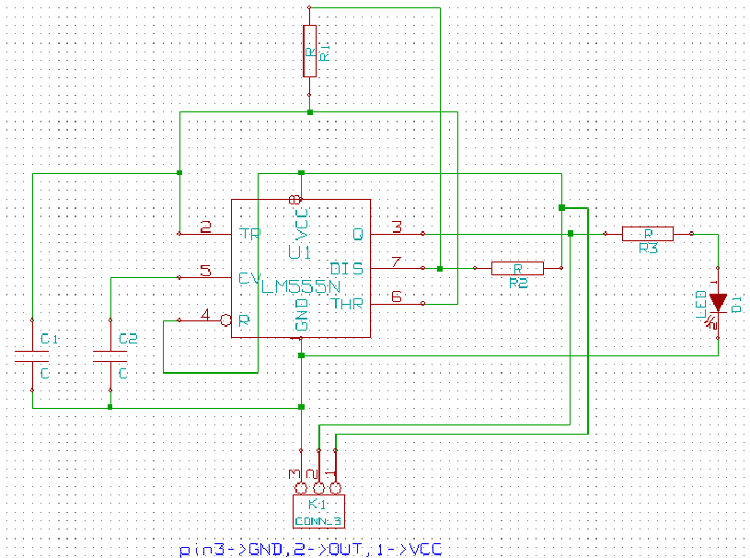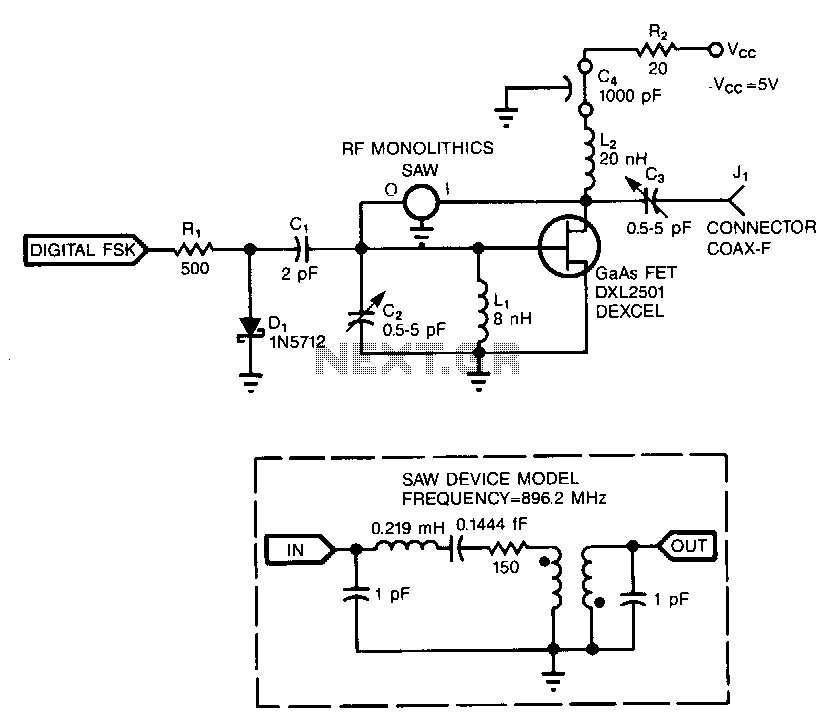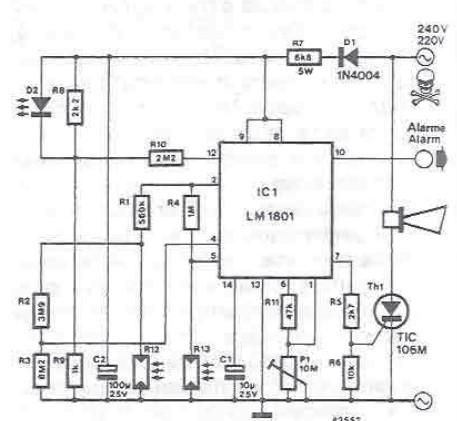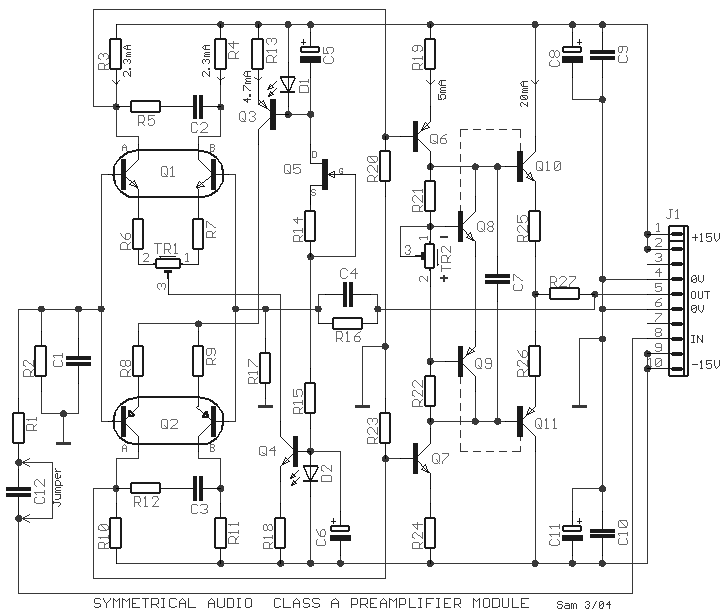
Crystal Oscillator Design
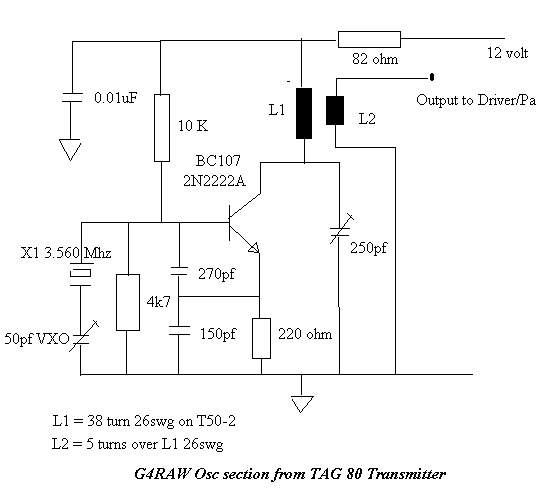
This circuit is a crystal oscillator that operates at a frequency of 3.5 MHz.
The crystal oscillator circuit utilizes a quartz crystal resonator to generate a stable frequency output. The primary components typically include the crystal, an amplifier (often a transistor or operational amplifier), and feedback components such as resistors and capacitors. In this specific circuit, the 3.5 MHz crystal serves as the frequency-determining element, ensuring that the oscillator maintains a consistent output frequency with minimal drift.
The circuit configuration can vary, but a common design involves the crystal connected in a feedback loop with an amplifier. The amplifier boosts the signal generated by the crystal, while the feedback network ensures that the output remains in phase with the input, thus sustaining oscillation. The stability of the output frequency is primarily influenced by the characteristics of the crystal, including its cut, temperature stability, and load capacitance.
In practical applications, crystal oscillators are widely used in clocks, timers, and frequency synthesis, where precise timing is crucial. The output waveform is typically a square wave, which may require further conditioning, such as filtering or shaping, depending on the intended application. Proper layout and component selection are essential to minimize noise and ensure reliable operation at the specified frequency.HI, i Just wanted to understand this circuit better and discuss with people So here it is a ,crystal oscillator It uses a 3.5Mhz Crystal and.. 🔗 External reference
The crystal oscillator circuit utilizes a quartz crystal resonator to generate a stable frequency output. The primary components typically include the crystal, an amplifier (often a transistor or operational amplifier), and feedback components such as resistors and capacitors. In this specific circuit, the 3.5 MHz crystal serves as the frequency-determining element, ensuring that the oscillator maintains a consistent output frequency with minimal drift.
The circuit configuration can vary, but a common design involves the crystal connected in a feedback loop with an amplifier. The amplifier boosts the signal generated by the crystal, while the feedback network ensures that the output remains in phase with the input, thus sustaining oscillation. The stability of the output frequency is primarily influenced by the characteristics of the crystal, including its cut, temperature stability, and load capacitance.
In practical applications, crystal oscillators are widely used in clocks, timers, and frequency synthesis, where precise timing is crucial. The output waveform is typically a square wave, which may require further conditioning, such as filtering or shaping, depending on the intended application. Proper layout and component selection are essential to minimize noise and ensure reliable operation at the specified frequency.HI, i Just wanted to understand this circuit better and discuss with people So here it is a ,crystal oscillator It uses a 3.5Mhz Crystal and.. 🔗 External reference
